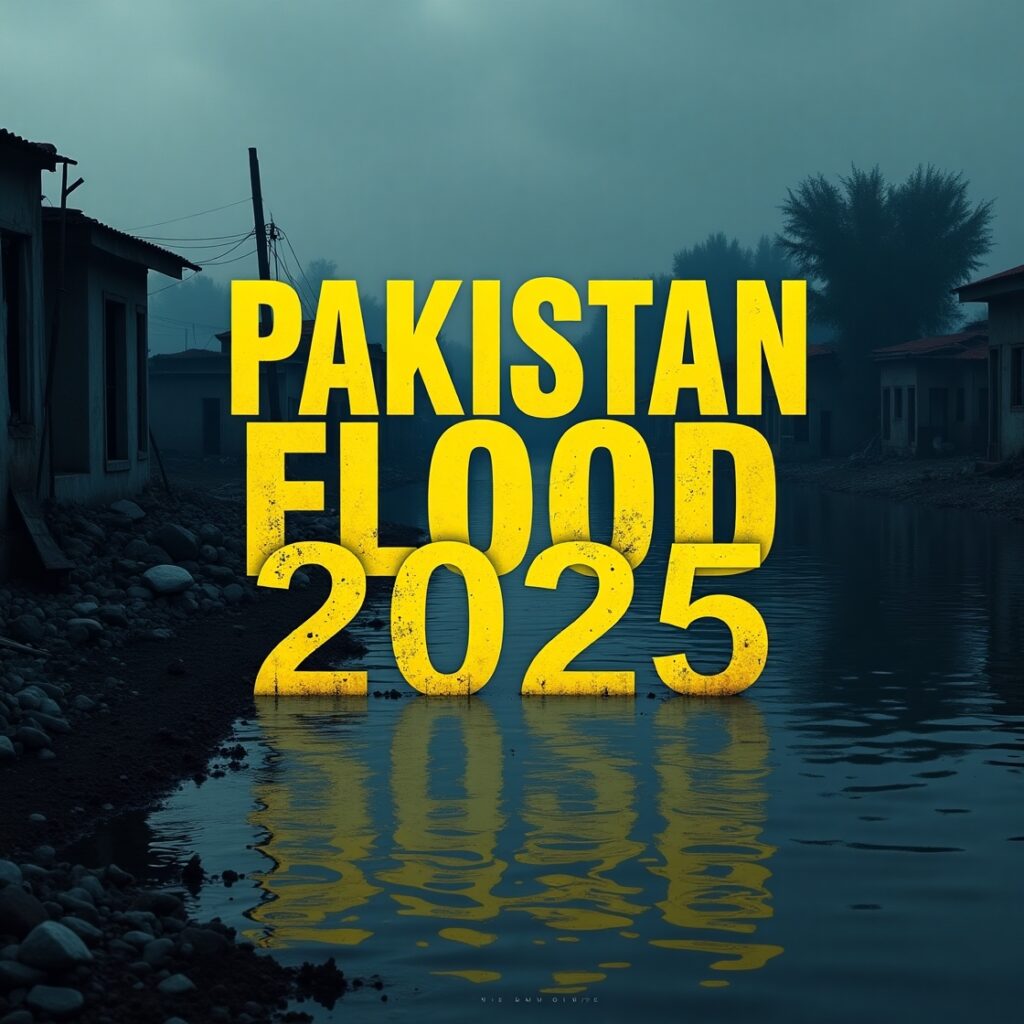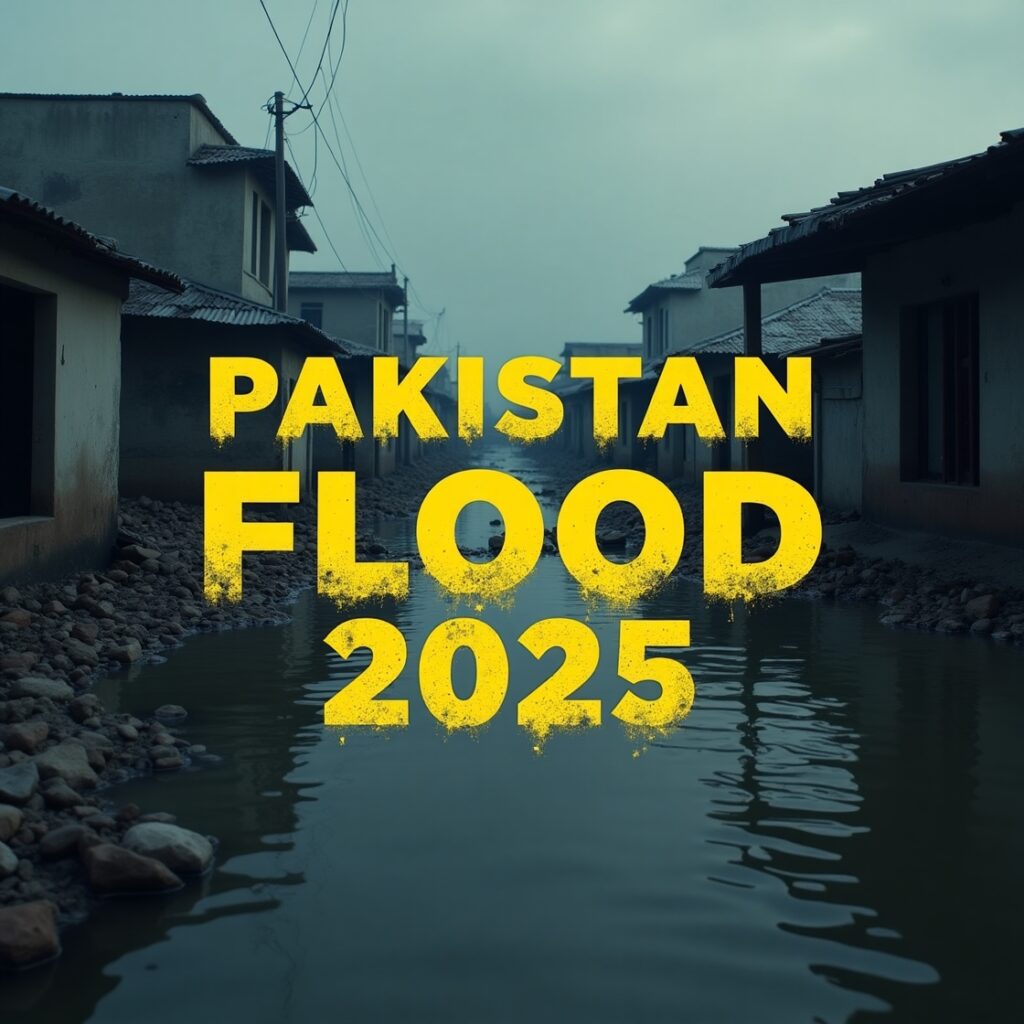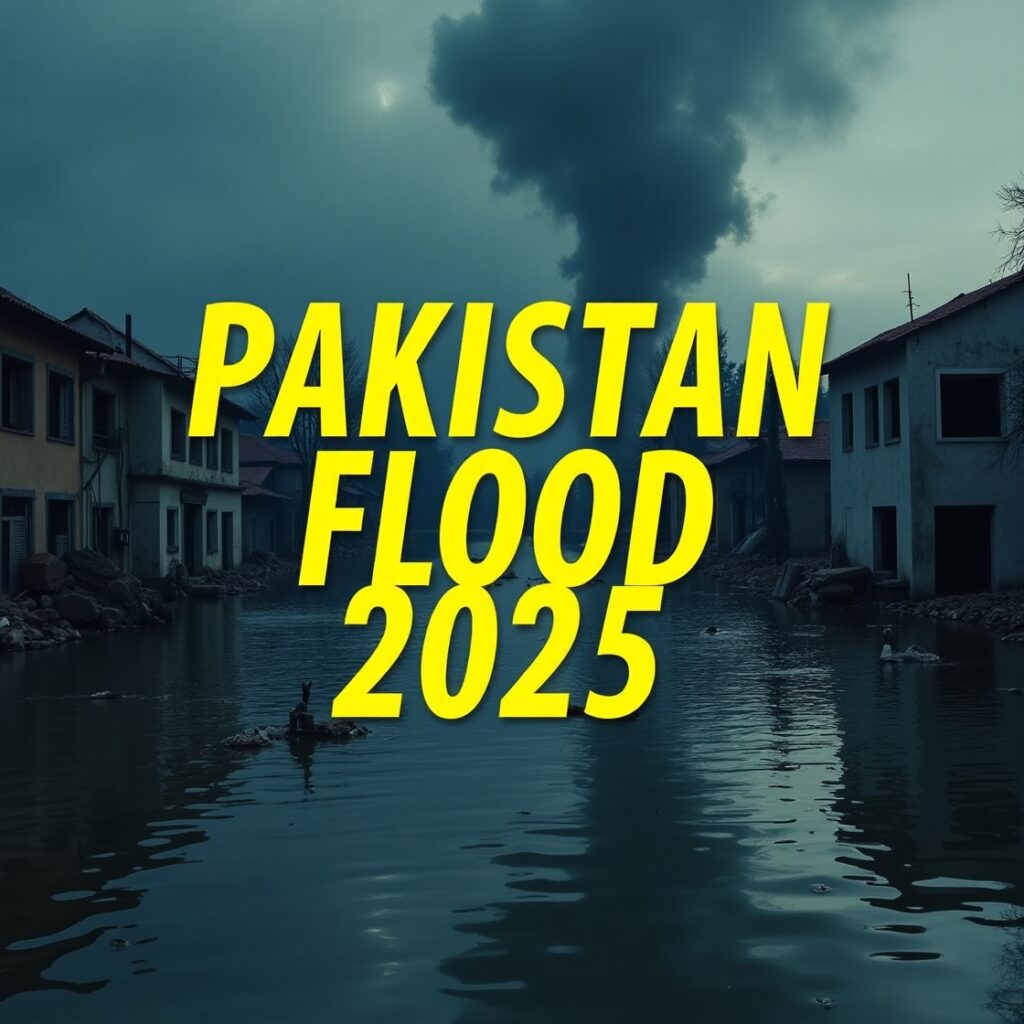Beginning
One of the worst flood seasons in Pakistan’s recent history happened in 2025. Heavy monsoon rains, rivers that overflowed, and melting glaciers caused extensive floods across the country, displacing millions of people and ruining thousands of lives. The floods in Pakistan in 2025 are not only a natural disaster; they are a clear sign of how climate change is affecting the world and how important it is to build infrastructure that can last and be ready for disasters.

What Made the Floods in Pakistan in 2025?
There were a lot of natural and man-made things that came together to cause the floods in 2025:
Monsoon rains that broke records
From June to August 2025, Pakistan got more than 30% more rain than normal, notably in Sindh, Punjab, and Khyber Pakhtunkhwa. Within hours, streets in cities like Karachi, Lahore, and Peshawar were underwater.
Melting Ice in the North
In Gilgit-Baltistan, glaciers melted quickly because the summer temperatures were higher than normal. This water rushed into rivers that were already full, such the Indus and Jhelum, and made them overflow.
Pakistan’s flood management system is still poor, even though there have been disasters in the past. Old dams and embankments couldn’t handle the flooding, and urban drainage systems were overwhelmed.
Bad Infrastructure
Cutting down trees and building cities
Uncontrolled deforestation in the north and poorly planned urban growth in big cities made the land less able to soak up rainwater, which made the floods worse.
Effects on people and the economy
The 2025 floods in Pakistan have been sad for people:
More than 2,000 people died from drowning, landslides, and illness epidemics.
Over 10 million people have been forced to leave their homes, and many of families are still living in temporary shelters.
More than 3 million acres of crops were lost, which made food prices go up sharply and put food security at risk.
The economy lost an estimated $15 billion, which hurt the housing, agricultural, transportation, and energy sectors.
Hospitals were full, communication lines were down, and schools were closed for weeks in several areas. In rural regions, the loss of cattle and the damage of crops have made thousands of people poor overnight.
The Big Picture of Climate Change
Scientists and environmentalists all agree that the floods in 2025 are not just a one-time thing, but part of a global climate crisis. Extreme weather events are happening more often and with increasing force since the world’s temperatures are rising.
Pakistan is especially weak. Even though it only makes up less than 1% of the world’s carbon emissions, it is one of the 10 countries most affected by climate change. More and more glaciers are melting, monsoon patterns are becoming less predictable, and heat waves are getting more prevalent.

What the government did and how they helped
The Pakistani government, along with NGOs and international humanitarian groups, started an emergency response:
The army, navy, and air force all worked together to rescue civilians who were stuck.
Flood victims were given temporary housing, food, and medical supplies.
Countries including China, the UAE, Turkey, and the United Nations all sent help.
Many others, meanwhile, said the government was too sluggish to intervene, especially in outlying areas. In some places, flood early warning systems didn’t work, and help wasn’t always given out fairly.
What has to change for long-term solutions?
The country needs long-term, all-encompassing plans to stop calamities like the floods in Pakistan in 2025 from happening again.
Putting money into infrastructure
It is important to improve dams, levees, and drainage systems in cities. Adding extra water reservoirs can help keep floodwaters in check.
Managing land and planting trees again
Putting up trees and fixing up wetlands can help soak up precipitation and lower the risk of flooding.
Policies for Adapting to Climate Change
The government needs to put in place building codes that can stand up to climate change, flood zones, and working early warning systems.
Public Awareness Schools, the media, and local organizations must teach people about the risks of flooding and how to get ready for emergencies.
In conclusion
The floods in Pakistan in 2025 were more than just a natural disaster; they were a wake-up call. Pakistan can’t afford to think of floods as rare disasters anymore since climate change is speeding up. Not only is it vital for the country to commit to sustainable development, climate adaptation, and better governance, it is also urgent.
We shouldn’t forget about this catastrophe. It has to be the thing that starts a new era of planning, resilience, and action on climate change.




